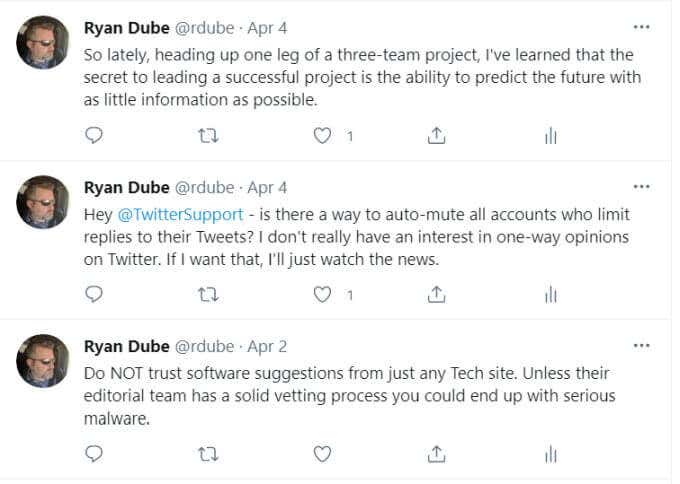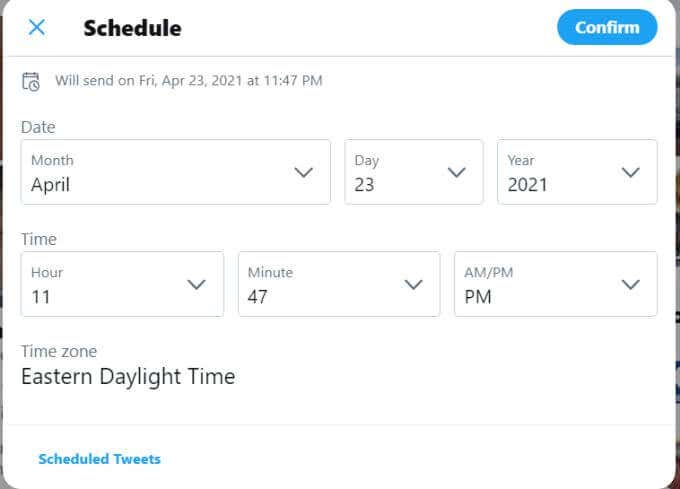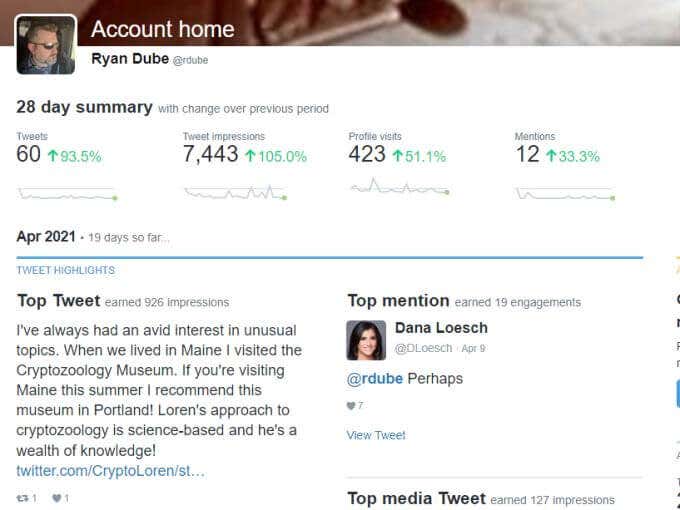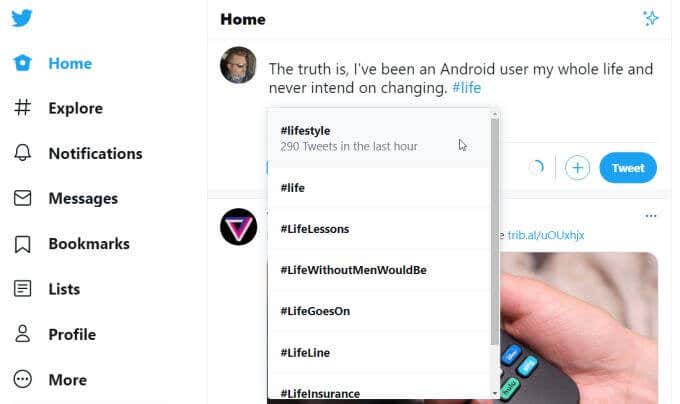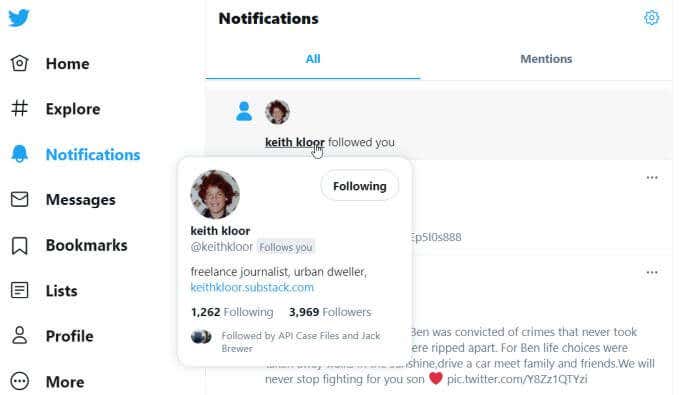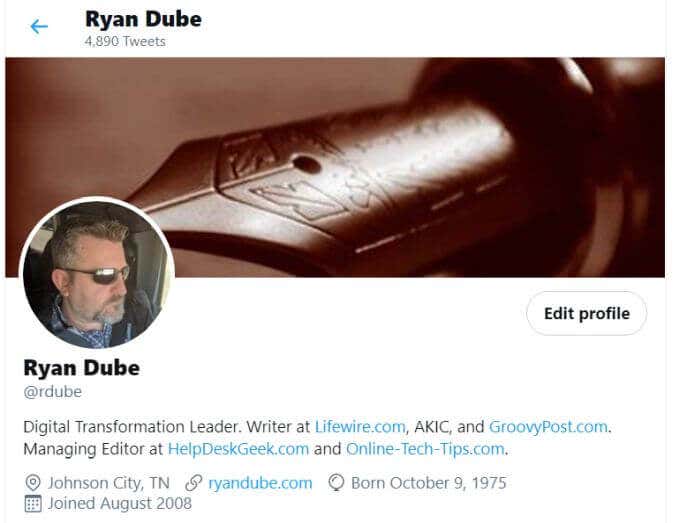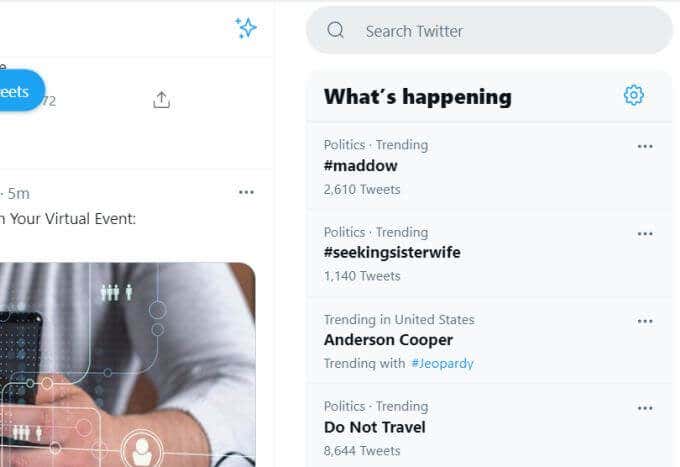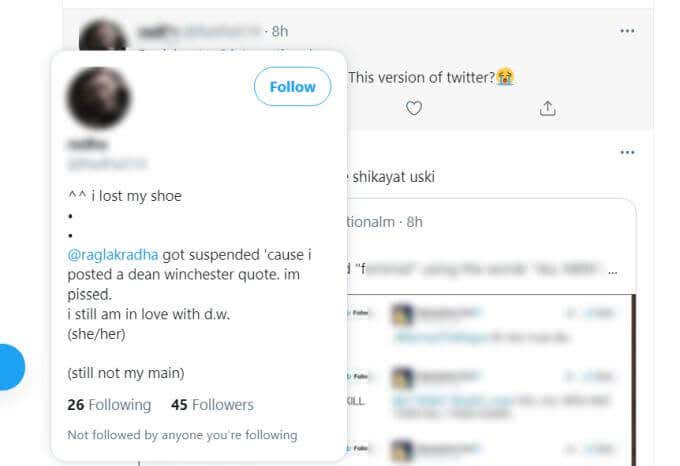Some people spend years with under 2,000 Twitter followers, while other people – many even unknown individuals – amass tens to hundreds of thousands of Twitter followers. How do they do it? The simple answer is that they’ve learned to Tweet like a pro. They know the tricks that attract people and foster conversation. They know how to get people to click that Follow button. In this article, we’ll cover the most important things you need to know to come across as a true expert on Twitter, and in effect build a massive following.
1. Be Very Active on Twitter
No one wants to follow someone boring or someone who never interacts with anyone. If there’s anything you can start doing to improve your Twitter presence, it’s interacting more with people. This doesn’t even have to be on the topic you normally Tweet about. It could just be a quick, comical reply to anything anyone else has posted. Let’s face it, most people spend time on Twitter not only to have serious conversations but to be entertained. We’ll talk about not posting Tweets too often, but when it comes to replying to other people on Twitter you should be doing this always.
2. Spread Out Twitter Posts Throughout the Day
The thing with posting Tweets is that their lives are very short. Within under 20 minutes, your Tweet is buried in a flood of other Tweets on the platform. That’s why it’s best to spread your activity on Twitter throughout the day so that you capture as much of the daily audience as possible. You could do something as simple as posting during mid-morning, and then sometime in the mid-afternoon. Or four times, spread throughout the day; whatever schedule you prefer. Fortunately, you don’t have to tie yourself down to Twitter at those exact times of the day. There are plenty of great apps that will let you schedule your Twitter posts whenever you want them to go out. Two of the most popular tools to do this include:
HootSuite – Schedule posts across all your social networksBuffer – Schedule and analyze your social campaigns
Neither of these is free, but if you don’t need any bells and whistles, Twitter has an embedded scheduling feature. Just select the calendar with the clock icon at the bottom of your post editing window. This will open up a new window where you can tell Twitter when to schedule your tweet. This makes scheduling tools unnecessary unless you need more advanced analytics or the ability to schedule posts to multiple social networks.
3. Tailor Future Posts Toward What Your Followers Respond To
Many people use Twitter and don’t even realize that Twitter includes a whole collection of analytics in the background. These let you see what kind of posts your followers like the most so that you can tailor future posts to be more engaging. To see this, just select More in the left navigation bar when you’re logged into Twitter. Then select Analytics from the pop-up menu. In the analytics section, you’ll see:
Top tweet (by number of impressions)Top mention (by number of engagements)Top media tweet (picture or video posts with the most impressions)Top follower (by number of followers they have)
Just scroll down to see these same metrics for each month in the past. Use this information to try and gear the topics you tweet about toward those topics you can see your followers seem to respond to more.
4. Try to Choose Trending Hashtags
If you want to get your tweets in front of more eyeballs, using trending hashtags is a very smart approach. How do you know a hashtag is trending? Twitter tells you! Start typing a hashtag and you’ll see a list of matching ones. If one is trending, you see a message below it saying how many tweets in the last hour have used that hashtag. You should keep the hashtags relevant to the topic you’re posting about. But there are lots of trending hashtags across Twitter each hour so there’s usually something relevant to choose from.
5. Tweet What You Write and Ask for Thoughts
What’s the best way to get people to respond to your Tweets? Ask a simple question. This seems obvious, but most people on Twitter are so busy posting their own opinions that they don’t bother asking people for theirs. When you do ask questions, you’ll be surprised just how many people start jumping to offer their views.
6. Follow Only Established Twitter Users
During your time on Twitter, you’re going to get followed by quite a few people, if you’re interesting and engaging. Don’t just accept any old follower. Whenever you get a notification that someone has followed you, hover over their profile to see how many followers they already have. If they have more than a few hundred followers, then go ahead and follow them. Why does this matter? Because if someone has built up more than a few hundred followers, they’re more likely to be around on Twitter over the long haul. There is nothing more annoying than building up several hundred or thousands of followers, only to have temporary or anonymous accounts who followed you drop off Twitter, and your follower count drops as well.
7. Fill Out Your Entire Profile
A full profile is an interesting profile. People want to know as much about you as possible before they follow you. So mention what you do for work, and include links if possible. Add where you live, your age, and as many other details as you’re willing to share as possible. Also use a real profile image, not a cartoon or drawing. People are more likely to follow other people who are real and personable. An actual bio photo goes a long way toward getting people to trust you.
8. Add Your Opinion and Ask for Theirs When Retweeting
This is similar to why we mentioned asking questions above. Sharing information you’ve read, with your commentary attached, is interesting. But what draws the eyes of your followers is when you follow that up with a question about the story you’re retweeting. It doesn’t have to be a direct question for an opinion. Even rhetorical questions receive some pretty funny responses from followers. But the question mark at the end at least encourages your followers to engage.
9. Mention the Authors of Articles You Retweet
This is most often a technique used by writers because they know how good it feels when someone mentions you alongside quoting something you wrote online. This isn’t just a great way to give an author some credit, but it also helps you in many ways too. First of all, it draws the attention of a person who may have quite a bit of Twitter clout. And if they follow you, your mention of them could draw the interest of their followers too. One single tweet could net you several followers in one shot!
10. Image Size Matters
This is a simple Twitter tip that a lot of people don’t realize. Image size matters. If you post an image using the wrong dimensions, the picture could get cropped, or Twitter could even reject the picture if it isn’t optimized (extra large). So, when you do post your pictures, try to resize them to roughly 1200 x 675 pixels. Twitter recommends no smaller than 600 x 335 – but if you want the best results go with a perfectly sized photo and save it in either PNG, JPEG, or GIF format.
11. Don’t Be Formal, Be Personable
Too many people write posts like they’re writing an essay. Facts are great, but followers on Twitter look for personable and insightful content. They want to be entertained as well as informed. If you look at how larger companies with a marketing staff tweet on the platform, you’ll note that the writing is slightly edgy with a touch of informality. Opinions are good because they generate discussion and debate, and humor goes a long way too. Just avoid making your tweets dull and dry, and you should have people engaging with you in no time.
12. Don’t Flood Your Followers
One of the worst things you can do to drop your follower count on Twitter is to sit down at the same time every day and start posting 20 or 30 tweets all at once. This turns into a wall of spam for your followers, and it could drive a few of them to unfollow you. Instead, use one of the scheduler apps listed above to space your posts throughout the day to avoid this issue.
13. Capitalize on Trending Topics
In addition to trending hashtags while you’re posting, you can also capitalize on trending topics on Twitter. You’ll see these topics under What’s happening on the right side of your Twitter feed. Select one of these and scroll through the posts. You can reply to some, or post your own using the same hashtag. The fact that the topic is trending means your post will land in front of more eyeballs and has higher odds of earning you some followers.
14. Reply to Popular Twitter Accounts
Notice how most blue check accounts rarely reply to people who reply to their tweets? This isn’t always the case, it just depends on how you reply. If you reply to them in a personable way and throw in just enough wit, you could very well get a reply from that person with thousands of followers. And as mentioned above, more followers means more people curious about you. These are people likely to check your profile, review your posts, and potentially follow you.
15. Remember That You Can’t Edit Tweets
One of the worst things about Twitter is that there’s no edit button. The moment you submit a tweet, it’s permanent. And once people have liked or replied to it, if you try to delete it and fix it – you’ve lost those engagements. So edit every tweet you make. It may only be a single line, but once you make that grammar or typo error, it’s going to be there forever. And some typos could be pretty embarrassing.
16. Don’t Feed the Trolls
One of the biggest mistakes people make on Twitter is replying to obvious trolls. These are either accounts created for the sole purpose of egging people into an argument, or just people who are disagreeable and enjoy arguing with everyone. You can spot trolls easily. Most of their posts are negative or antagonistic. And because of this, if you view their profile, they have very few followers as well. So, before you reply to someone who just said something nasty to you on Twitter, check their profile. Look for the signs. And if you’ve spotted a troll, choose to block rather than reply.


